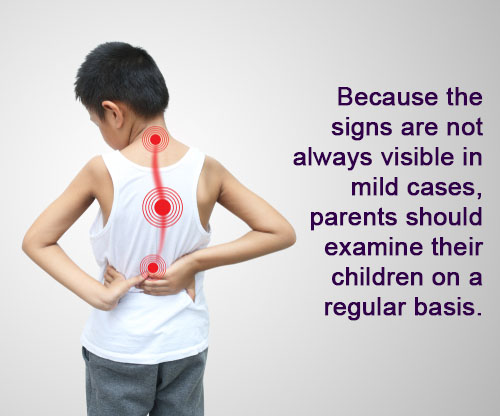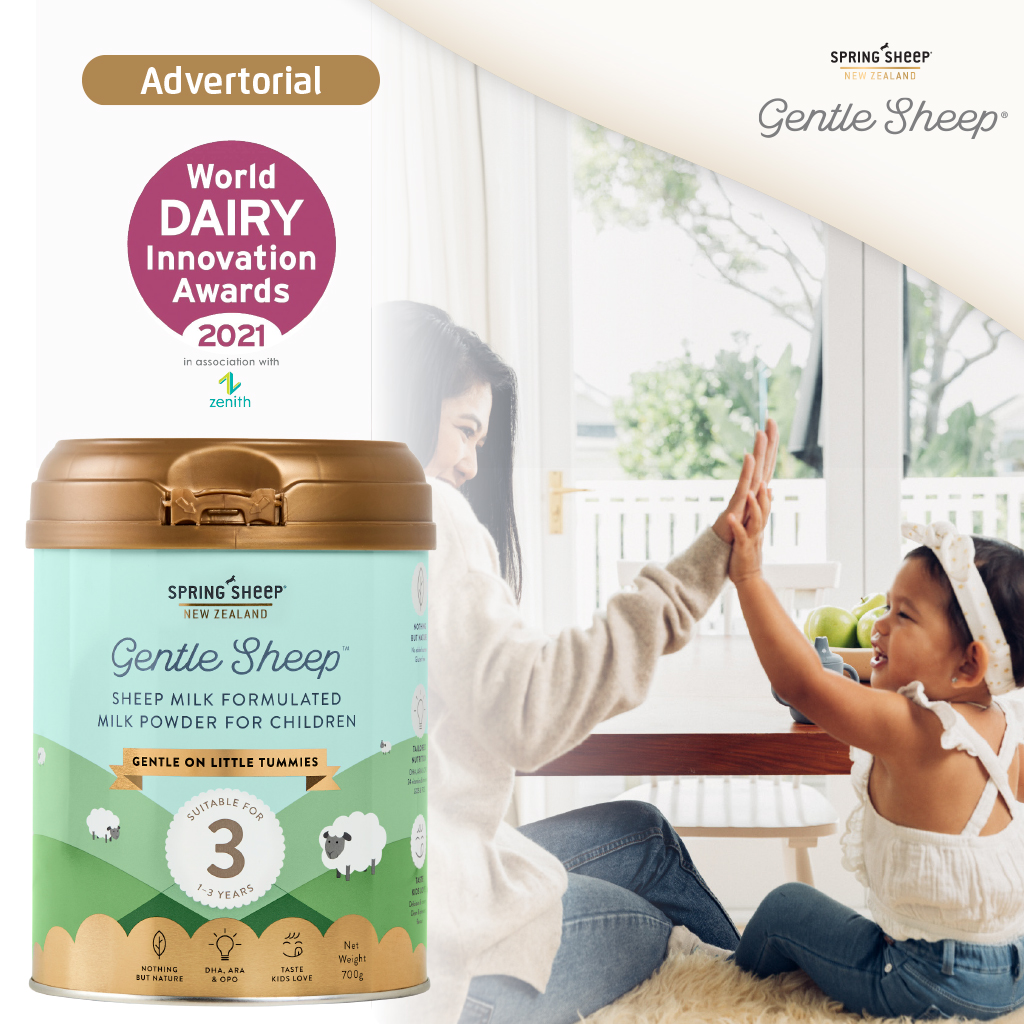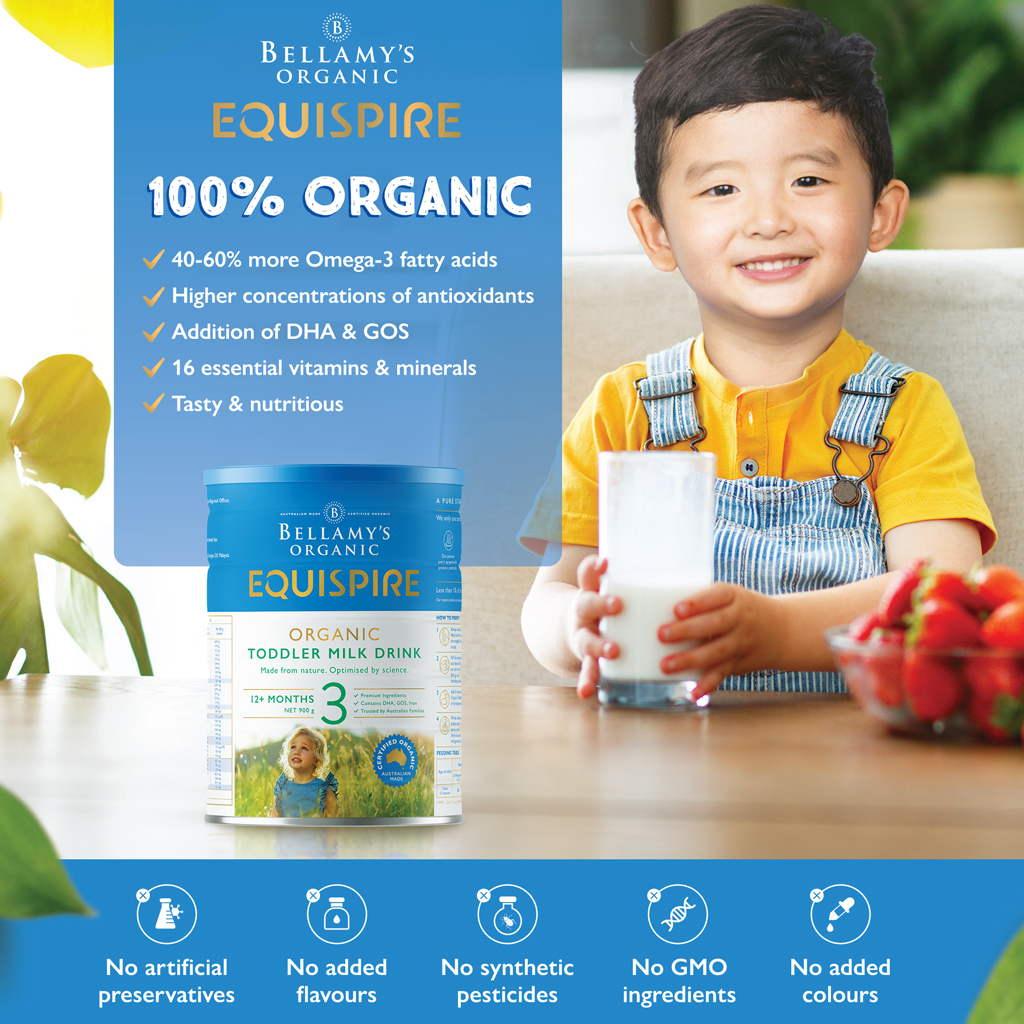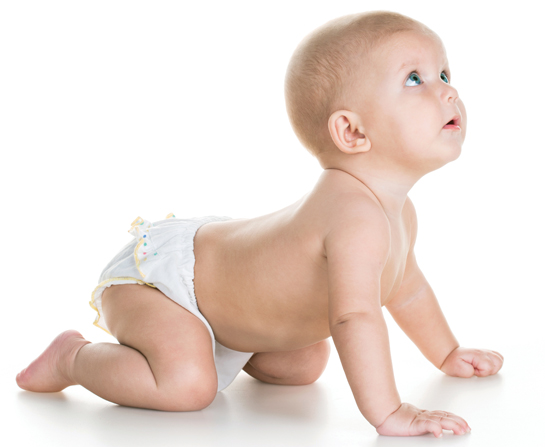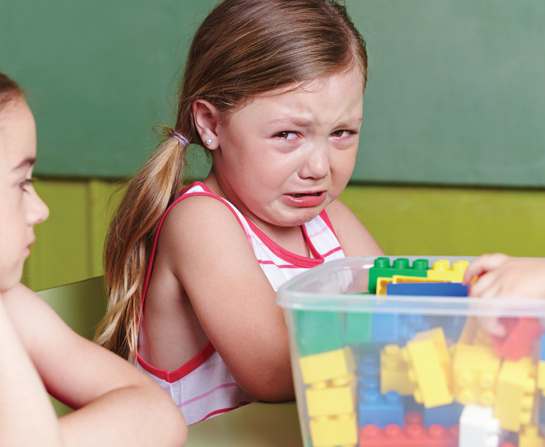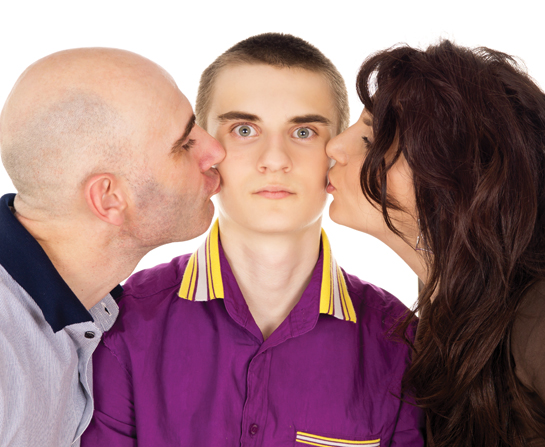WORDS HANNAH MAY-LEE WONG
We all know that expecting a new born is never easy, even if it isn’t your first time. On January 27th 2019, M&B marketing held their fourth Parentcraft Workshop titled “Nourishing Parents, Nurturing Little One”, a practical and informative crash course on what to expect when expecting. HealthToday was right there to bring you some interesting topics discussed during the event.
“IF YOU ARE CALM AND IF YOU ARE HAPPY, IT AFFECTS YOUR BABY POSITIVELY.”

In this day and age, the slew of opinions and information shared with us from various sources is sometimes more than we can handle. With an endless supply of online videos, websites, blogs, magazines and mobile apps, how do we sieve through the information? Which is true? Which is false? As an expecting parent, we often wonder: what are the latest updates on caring for the little ones? Well, all that may be too much for Dr Cheah to cover in merely an hour. However, he brings up some pertinent updates found in recent studies and debunks a few common myths as he goes along.
Dr Cheah opens by saying, “Nothing truly prepares you, when it comes to becoming a parent, but there are certain tweaks you can make to your mindset, to help you discern every piece of information you receive.” You should always check whether the information comes from a reputable source, and whether it is evidence-based. Also, get ready for a long journey of learning. “I’m a paediatrician and my kids are already teenagers, but I’m still always learning,” Dr Cheah reveals.
Caring for your baby starts when the baby is conceived. On top of that, Dr Cheah shares that environment factors during pregnancy, birth and after-birth can affect your baby’s health in the long run.
Be a Happy Mummy
Pregnancy is a wonderful time. Your body is going through changes hormonally, immunologically, metabolically, and even psychologically. That said, it can also be a stressful time if you don’t journey it well. “Personally, I think that if you are calm and if you are happy, it affects your baby positively. During pregnancy, your baby can detect your heartbeat, your happiness, but also your fears and anxiety,” Dr Cheah says. He advises expecting mothers to keep calm and think positive. It’s good for the baby and nine months is a very short time compared to the rest of the baby’s life.

Maternal Microbiome and Baby’s Health
Our microbiome refers to all the microorganisms in our body. There are tons of good and bad bacteria in us, and a balance of these bacteria ensures us a healthy body. When you have an imbalance of good and bad bacteria in the body during pregnancy, it affects the baby. One of the factors that can set-off an imbalance is the use of antibiotics. The use of antibiotics during a Caesarean section is linked to increased prevalence of childhood obesity, allergies, eczema, asthma and so on.
“Almost 80% of newborn babies I see in my clinic have some form of allergy to cow’s milk protein. The number of children with allergies has doubled in the last three years,” Dr Cheah says. However, you should follow your obstetrician and gynaecologist’s advice on this. If the baby or your health is in jeopardy and antibiotics are needed, you should follow your doctor’s advice.
Get Plenty of Fruit and Veggies
A healthy and balanced diet, rich in fibre, fruit and vegetables is good for you and your baby overall. A high-fibre diet containing lots of fresh fruit and vegetables is associated with a lowered risk of the baby developing allergies. “That doesn’t mean you should become a vegetarian,” Dr Cheah chuckles. “You still need your good quality protein to ensure your baby grows healthily. Certain proteins can pass through the amniotic fluid, and your baby, without being born, will get a taste of the food you eat.”
In the Chinese culture, after delivery, serving alcohol to the mother in herbal soups is a popular and common practice. But Dr Cheah warns that alcohol can pass through breast milk and is not safe for the baby.
Smoking is a Big No-no (and Dad’s not off-the-hook)
It is well documented that women should not smoke when they are pregnant, it affects the mother and baby negatively. Smoking increases the risk of low birth weight, premature birth, stillbirth, respiratory complications, heart defects, central nervous system defects and infant death. That’s not all, recent studies show that if a father smokes during or before his wife’s pregnancy, it also jeopardizes the baby’s health. Having a father who smokes increases chances of chromosomal breakage, which leads to an increased risk of the baby developing genetic defects.
Mode of Delivery Matters
Dr Cheah explains, “In the past 10 years, there is strong evidence to show that vaginal delivery is associated with the reduction of risk in developing allergies and asthma in babies.” As the baby comes out of the birth canal, the baby gets exposed slowly to all the good bacteria around the birth canal. “Somehow when this happens, it improves the baby’s immune system.” He continues, “Having a caesarean birth is also associated with an increased risk of the baby developing childhood obesity, autoimmune diseases and allergies. That said, you should follow the advice from your obstetrician and gynaecologist. Your doctor will advise you if you need a Caesarean section.”
Does a clean environment lead to a healthier baby?
Contrary to popular belief and according to a study done by Johns Hopkins Medicine, newborns exposed to dirt, household germs and pollen during the first year of life, appeared less likely to develop allergies, wheezing and asthma later in life.
What is the best milk for my baby?
“This is the number one question I get asked as a paediatrician. I always tell them that human milk is best for human babies.” Dr Cheah also says, “A human mother’s breast milk contains the right amount and the quality of nutrition that is needed for her baby.”
Dr Cheah explains, “Your breast milk and the amount that you produce changes as the baby grows older. Your breast milk carries certain hormones, and even these hormone levels change throughout the day.” That’s how dynamic breast milk is. He concludes, “We are taking more and more processed food now. But in order for us to be fit and healthy, we have to have a balanced diet with good nutrition, especially in the early years. This will build up the immune system, along with vaccinations.” HT
If you like this article, do subscribe here.
 FEATURED EXPERT
FEATURED EXPERT
